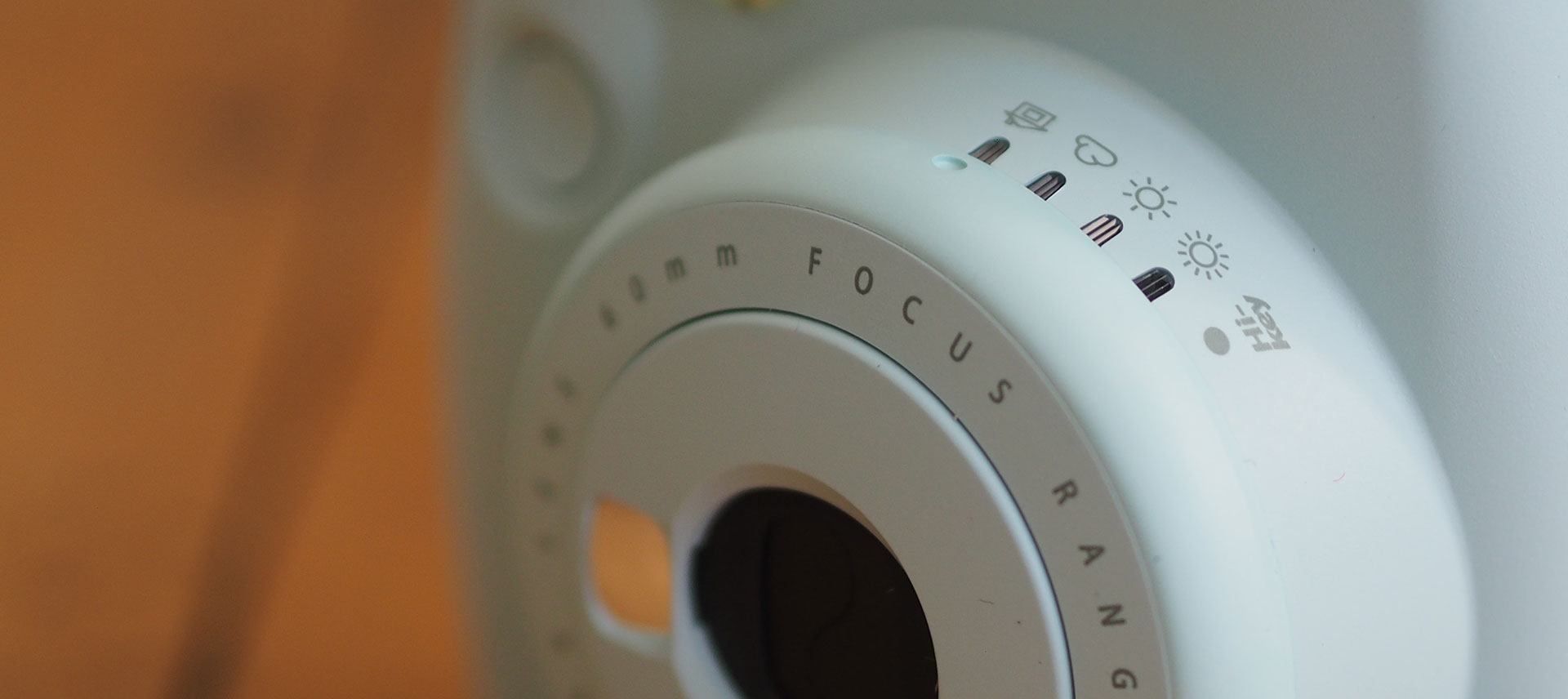

Thanks to its 400mm setting, the longest of any FUJIFILM X Series optic, you can be sure of frame-filling animal photos and lots of impact. The lens has a variable maximum aperture, ranging from F3.5 at 55mm to F4.8 at 200mm, but these settings still allow plenty of light-gathering subject separation, making subjects pop from the background.įor those photographing birds or small mammals with their X Series camera, the XF100-400mm is a real gift. Say you’re photographing a soccer game under cloudy skies, or birds in the evening twilight, the XF55-200mm’s OIS will keep your images sharper.

So, if you love to frame spur-of-the-moment action and wildlife subjects, it’s a fine choice.Īnd you don’t need to worry when the light drops either. The 200mm end brings all these subjects right up close and, being a zoom, it’s versatile for wider framing, too. High quality and portable, the XF55-200mmF3.5-4.8 is equally at home photographing your kids’ sports day, pets playing, or garden birds at the feeder, and it’s light enough to be with you at all times. That’s why all of the options in this article use FUJIFILM’s Optical Image Stabilization (OIS), which nicely compensates for inadvertent camera shake that can occur when handholding your camera. When photographing in low light and with long focal lengths, camera shake can also become a problem, as it will blur the details in your images. Similarly, faster apertures tend to imply that you can also use higher shutter speeds to avoid subject blur. This usually makes them stand out more clearly from the rest of the frame. The wider the lens’s opening, or maximum aperture (ie F2.8), the easier you’ll find it to blur areas of the image behind your subject. All that’s referring to is how large the iris of the lens opens up to. What about apertures? You’ll often hear words like ‘fast’ and ‘wide’ in reference to aperture. “From wild birds to kids playing in the yard, the most important thing when picking a lens for more distant subjects is focal length” You’ll naturally find it more pleasing to the eye to use them in making your images. Common focal lengths photographers use for this kind of work are 140mm, 200mm, or 400mm. This is great, because you want to fill the frame with your subject as much as you can to give your pictures the impact you’re looking for. The longer the focal length of the lens, the more you’ll be able to magnify your subject. So, you want to make better action, sports, or wildlife pictures? These kinds of photographs involve lots of challenges, but picking the right lenses will certainly help you out! From wild birds to kids playing in the yard, the most important thing when picking a lens for more distant subjects is focal length. Here are some great options for sports and wildlife in the FUJINON XF range Picking the right lens can help improve every shot you take. The XF 8-16mm f/2.8 R LM WR zoom lens is also available to pre-order now for $1,999.95 and will ship in November 2018.The Best Lenses for Sports, Action, and Wildlife It comes with the XF 1.4x TC F2 WR teleconverter included in the kit and will be released in October 2018.

The XF 200mm f/2 OIS WR is available to pre-order now for $5,999.95.
FUJIFILM LENS BIG APERTURE FULL
With the new XF 1.4x TC F2 WR teleconverter, that 200mm f/2 lens gives the equivalent field of view to 420mm on a full frame camera.


 0 kommentar(er)
0 kommentar(er)
